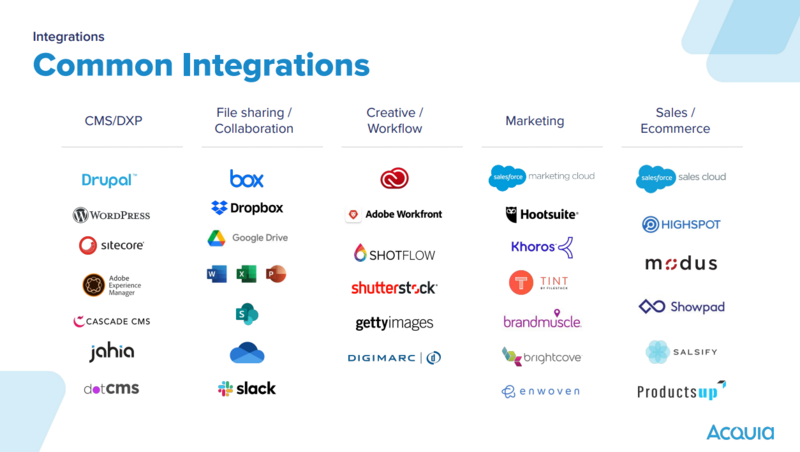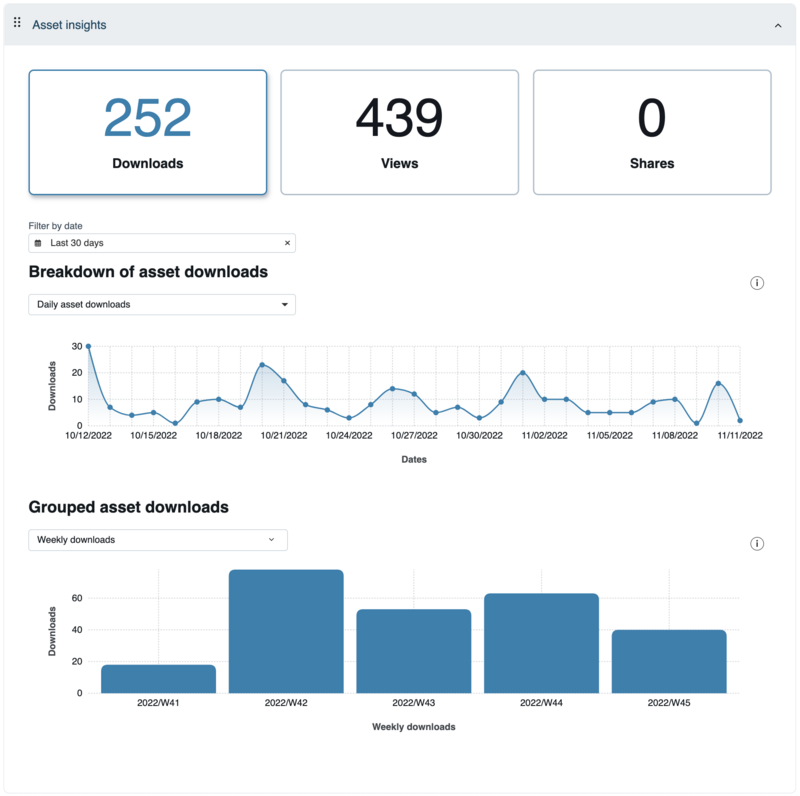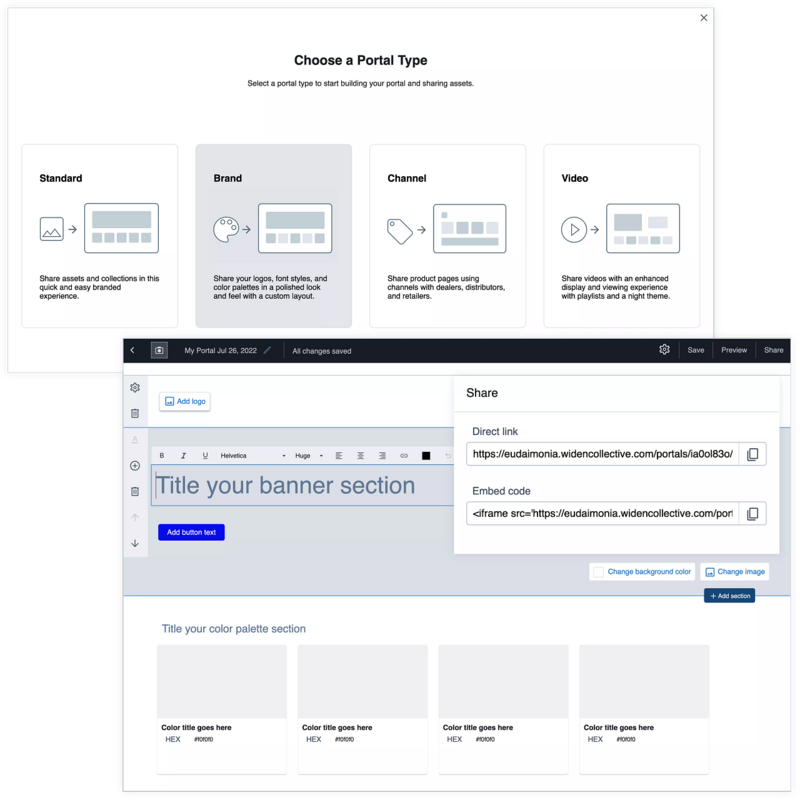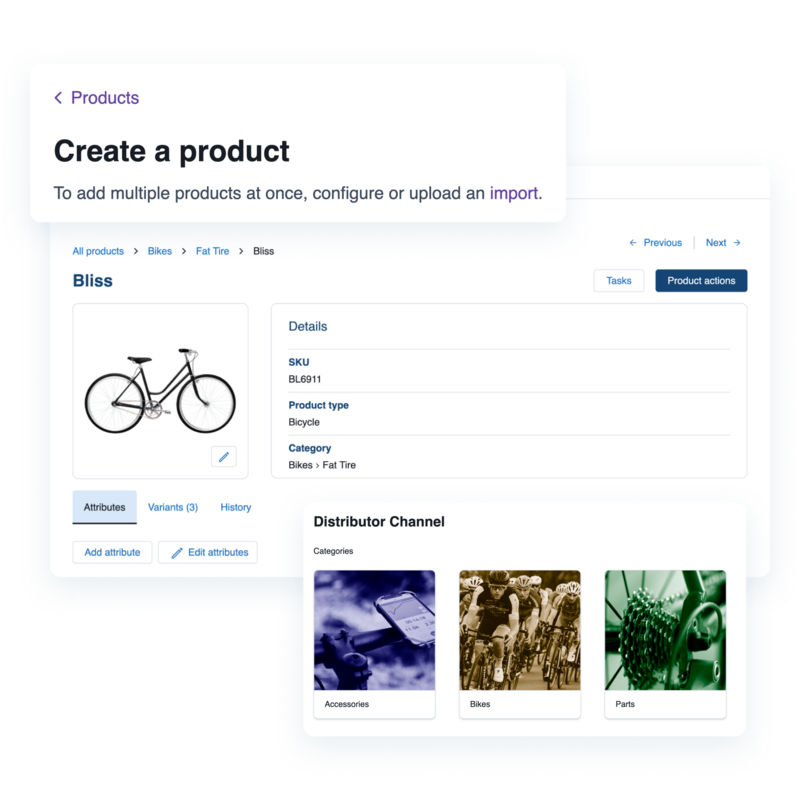Let’s imagine that each department in your local government had its own brochure.
What if they were printed out and spread across a large surface? Would they all have a consistent brand, voice tone, color scheme, and typography?
If you’re shaking your head, then we’ve quickly arrived at the typical pain points surrounding content creation and content governance in large organizations.
Reflect on How You Deal with Assets Every Day
Are your brand kits, style guides, images and media files easily findable across teams without typing in the exact details like file names and dates? Do you regularly see file names like .final.final.version?
A lot of this boils down to not having a central source of truth for your organization’s assets, which leads to brand inconsistency and your teams working harder (not smarter) to create and publish content.
Instead of spending more time searching and sending links to the latest version of assets, teams could invest these valuable resources to strategize, create, and make sure content is staying relevant to your audiences’ needs.
Why is Brand Consistency Important?
Creating relevant content and ensuring brand consistency is the indisputable gateway to developing trust and making sure your brand is memorable. A memorable brand means your audience can spot your brand through different channels, which will influence their decision when it comes time to make a purchase.
But with the many content formats available today, and the trend of audiovisual content on the rise, it is increasingly difficult to ensure consistency. Institutions and content teams need efficient workflows and reusable assets to avoid brand inconsistency.

Keeping a Centralized Source of Truth
74% of marketers say they struggle to create content that can be rapidly released across all of their organization’s digital platforms in one go.
By leveraging the benefits of DAM (Digital Asset Management), your teams can stick to the COPE method when it comes to content strategy:
COPE = “Create Once, Publish Everywhere.”
With DAM technology, teams can work together more efficiently, strategically, and with more brand consistency because they’re all using the same assets from a centralized location.
Let’s consider how DAM can unite silos between communication and marketing teams, designers, and decision-makers to prevent the slippery slope into content chaos.
What is a DAM System and Why Should You Use One?
DAM stands for Digital Asset Management, and it is a platform for managing a brand’s most critical assets throughout the entire content lifecycle.
DAM systems enable the reuse and repurposing of assets across multiple platforms from a single source of truth. Think of it as a database in which anyone can access approved digital assets, including up to date information about them - from format to version and more.
Another benefit of using DAM is the ability to find assets internally that will help your organization avoid silos of communication and strategy.
Whether it’s a webpage, a printed brochure, or newsletter software for your email campaign, images, templates, and media must stay consistent with your brand no matter if it’s IT, Marketing, or Comms team members handling a task.
How Content Management Thrives with Acquia DAM
Acquired by Acquia in 2021, Widen DAM was one of the pioneers of DAM technology.
Now known as Acquia DAM, it works as a central control center and single source of truth that enables administering, organizing, and distributing digital assets with speed, intention, and control.
Your team might be already using file-sharing tools like Google Drive or a media manager like Drupal’s Media Library, but there are many powerful features of Acquia DAM that create immense value for organizations seeking to streamline their content strategy and workflow across teams.
Here are three ways that Acquia DAM by Widen benefits content management practices on the daily.
1. Efficient Workflows
You might be wondering about DAM, “Can it integrate with my stock image library? How about my Content Management System?” Yes it can.
Acquia DAM has a wide variety of integrations to centralize and harmonize content production, communications, workflows, marketing insights, and Ecommerce software.

Image Credit = Acquia DAM
For a communications campaign, for example, imagine a graphic designer retouching images in an Adobe product that is updated immediately in DAM where a communications manager can make comments and approve.
At that point, a content editor can immediately locate, contextualize, and implement the image from a single source of truth.
At the same time, a marketing team member can keep an eye on the engagement metrics of clickable images in your email campaign or on your landing page within your Mar Tech software.

At the end of the day, it’s the same asset that’s traceable, usable, and informative across all these teams.
With DAM, no emails or extra steps are required to pass assets and versions back and forth because all of your products are clicking together as content is being created, approved, published, and measured for success.
2. Quick Access for all Stakeholders
How many times have you had to send a separate dossier of assets or files for a client or another stakeholder to view or approve? How many emails did that take?
Acquia DAM has a feature called Portals which enables you to share assets with internal and external stakeholders straight from the DAM system.
Here’s what’s great about DAM Portals:
- Controlling who has access to which assets through three levels of security settings
- Setting expiration dates for access to the portal
- Sharing portals by generating a link, embedding assets into web pages, or connecting them to Salesforce
- The ability to translate portals into 12 different languages for partners and clients

Say your PR and communications team wants to launch an awareness campaign about an upcoming event.
For external stakeholders, the DAM portal provides a controlled access point to access final graphics – in the format they need. Using assigned permissions and version control in the DAM system, there’s never any question about the integrity of the file at hand or doubts about which version of the logo has client approval.
For internal stakeholders, Acquia DAM’s portals enable an immediate understanding of where the content stands in the pipeline, what blockers need to be addressed, and which versions of assets are meant for all the different digital channels when it comes time to publish.
Again, the single source of truth that DAM provides for both internal and external stakeholders means that units and team members can stay in sync and on brand without hunting down file names or writing messages that start with, “Do you know where I can find…?”
3. If You're on Drupal, More Power to You
Acquia DAM makes building web pages in Drupal seamless across teams working with the same assets from a centralized location. Here’s what you can do with Acquia DAM + Drupal.
- Integrate DAM with your Drupal Media Library
- Search and select assets from DAM in the WYSIWYG editor
- Place images from DAM through embed codes
- View Drupal integration links for assets in the DAM system to see exactly where assets are being used
- User governance in DAM allows for permissions access to assets in Drupal
- Assets are copied to Drupal and stored as media entity references

